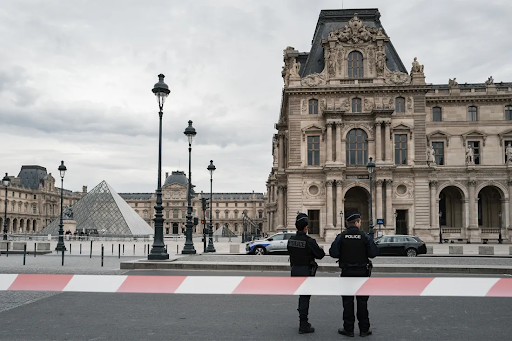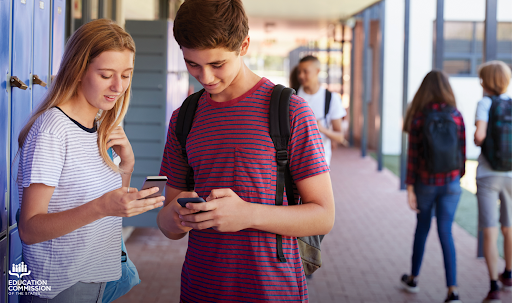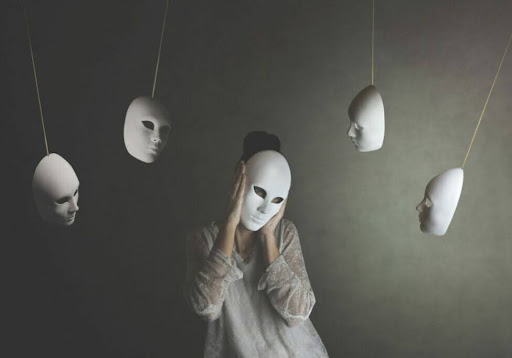How Mirrors Work and How to Test Two-Way Glass
Mirrors are something we all use, whether it be flossing our teeth or doing our makeup. But have you ever wondered how a mirror works, or if someone is watching you from the other side? Here’s the truth.

June 8, 2021
Long before today, people used rocks, stones, lakes, polished obsidian and ponds as mirrors. Now, our mirrors are more developed, but how do they work? According to Wonderopolis, “anything with a smooth surface that reflects almost all the light that hits it with very little of the light being absorbed or scattered can be a mirror. The key factor of a mirror is the smooth surface because rough surfaces scatter light, causing people to not be able to see their reflection. When rays of light coming from an object like a car or your smile strikes through the surface of a mirror, they bounce from your face or the car and back at the same angle.” This reflects an image. It also shows how, when you are standing in front of a mirror with a shirt that has words, they appear backwards on the mirror. Today we use thin layers of glass with aluminum edges, but some mirrors use what we call two-way glass.
Mirrors can also be double-sided; according to Simplemost, to test two-way glass, you can try the flashlight test, where you turn your phone flashlight or a regular flashlight on and place it near the mirror, if you see the other side of the mirror it has two-way glass. If you can’t, your mirror is all safe. Two-way glass, aka double-sided mirrors, are mirrors that look safe until further investigation. The two-way glass allows you to see yourself from the other side, meaning someone could be watching you. This being said, it’s always good to check mirrors when you’re entering hotel or restaurant restrooms.
Mirrors are a lot more interesting to think about than most think. They are more advanced than many realize, and house many tricks. Mirrors are objects that allow you to see your reflection using natural light, two-way glass also can be helpful just like regular glass. It can allow scientists to watch animals or experiments without being noticed and can allow police to watch over prisoners during interviews. Mirrors can be dangerous as well, so check mirrors wherever you can.








